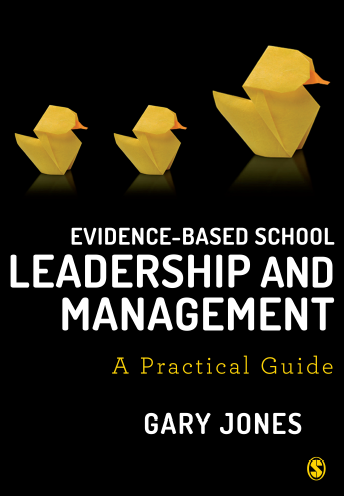In a recent article in the TES – Keziah Featherstone @keziah70 – advocates … stopping as many things as you can this term and not introducing new things, even if they seem like a really good idea …. focus on the core business of teaching and learning and making that as easy and effective as you can. Do not exhaust yourself, your students or your staff by trying something new and glittery. Just because it works somewhere else, or in a book, doesn’t mean it’ll work for you.
Personally – I’m not sure you can totally stop doing new things – though what you can do is make sure that any idea, innovation or intervention is appropriately evaluated before being introduced. That said, it is necessary that ensure that existing practices are subject to review – particularly if it is not clear whether it has a positive impact on pupil learning. To help you do this I’m going to suggest that you use a simple set of six criteria (APEASE) - developed by Michie, Atkins, et al. (2014) - when designing or evaluating a new intervention. The APEASE criteria are detailed In Table 1 – with descriptions being amended to how the criteria can also be used to evaluate existing practices.
Table 1. The APEASE criteria for designing and evaluating interventions
Affordability
An innovation is affordable if within the relevant budget it can be accessed by all those pupils for whom it might benefit of relevance or benefit. For existing practices, if you weren’t already doing it, would you be able find the money. And id you could, would you want to use it for this purpose?
Practicability
Can the intervention be implemented by effective teachers as part of their day to day practice. Or does the intervention require the ‘best’ staff to be highly trained and be supported by extensive resources. Are current practices ‘soaking’ up extensive specialist resources
Effectiveness and cost-effectiveness
What will be the effect size of the intervention when implemented under normal day to day conditions in the school/ How much will it cost per pupil? How much will it cost per pupil who benefits from the intervention? You may want to have at this post on the Number Needed to Teach to help you with this judgment.
For existing practices have you any notion of the cost per pupil or cost per pupils who benefits from the practice?
Acceptability
Acceptability refers to the extent to which an intervention is judged to be appropriate by relevant stakeholders. What is acceptable to teachers may not be acceptable by parents. What is acceptable by the senior leadership team may not be acceptable by the school’s governing body or trustees.
Are there some existing practices, which at best, are only marginally acceptable to stakeholders. Can these practices be stopped without upsetting key stakeholders?
Side-effects/safety
An intervention may be effective and practicable, but have unwanted side-effects or unintended consequences. These need to be considered when deciding whether or not to proceed – as these are often overlooked. You might want to have a look a look the work of Zhao (2018) who explores the issue of side-effects in education.
Are you aware of the negative side effects of an existing practice, if so, are these implicit and just taken for granted or how have they been identified and articulated.
Equity
An important consideration is the extent to which an intervention may reduce or increase the disparities between different groups of pupils. For example, Hill, Mellon, et al. (2016) demonstrates the negative impact on Y7, Y8 and Y9 pupils of a ‘superhead’ concentrating resources on Y10 and Y11 pupils.
And finally
No set of criteria can you give the answer as to whether to either introduce a new innovation or bring to a halt existing practice. All they can do, is hopefully, help you increase your chance of making decisions which lead to favourable outcomes for your pupils.
References
Hill, A., Mellon, L., Laker, B. and Goddard, J. (2016). The One Type of Leader Who Can Turn around a Failing School. Harvard business review. 20.
Michie, S., Atkins, L. and West, R. (2014). The Behaviour Change Wheel. A guide to designing interventions. 1st ed. Great Britain: Silverback Publishing.
Zhao, Y. (2018). What Works May Hurt—Side Effects in Education. New York. Teachers College Press.
